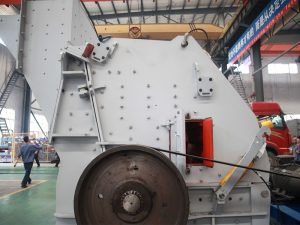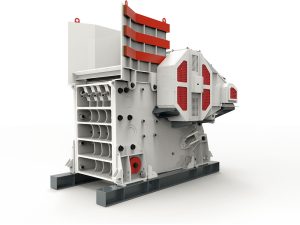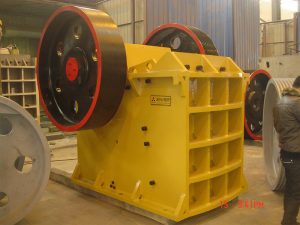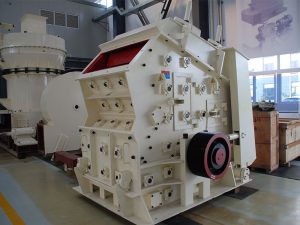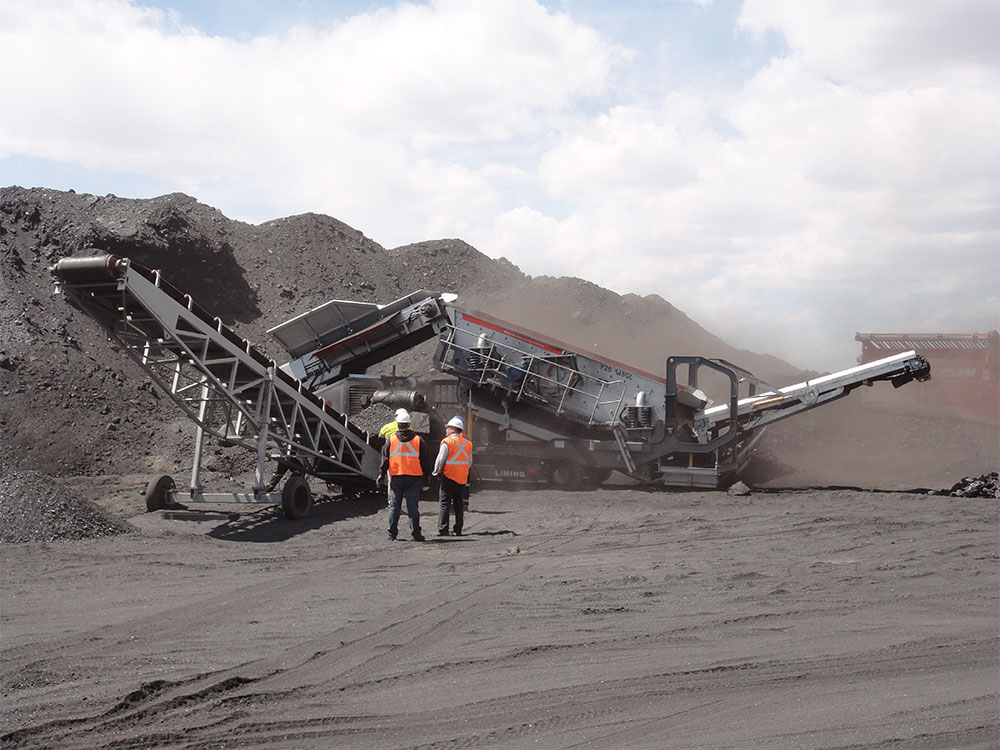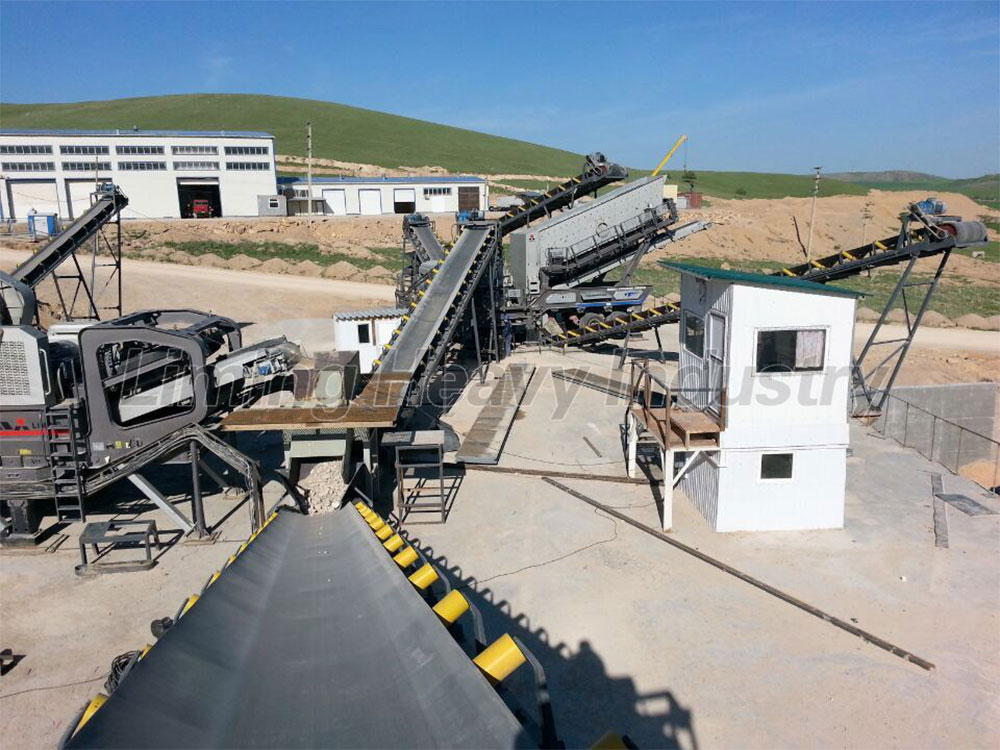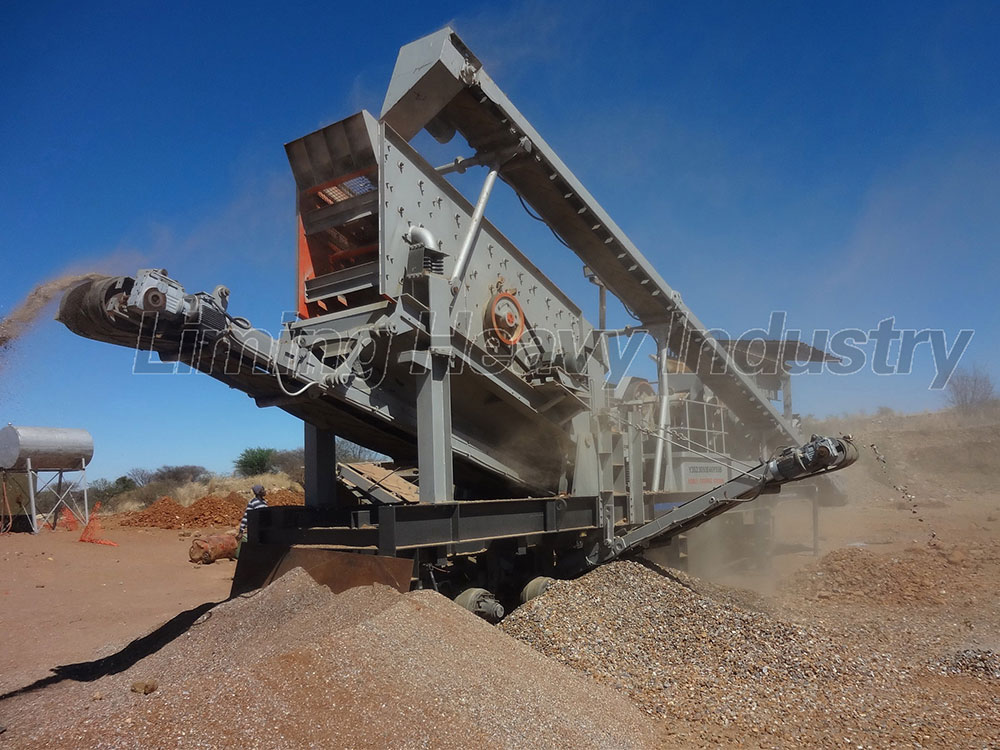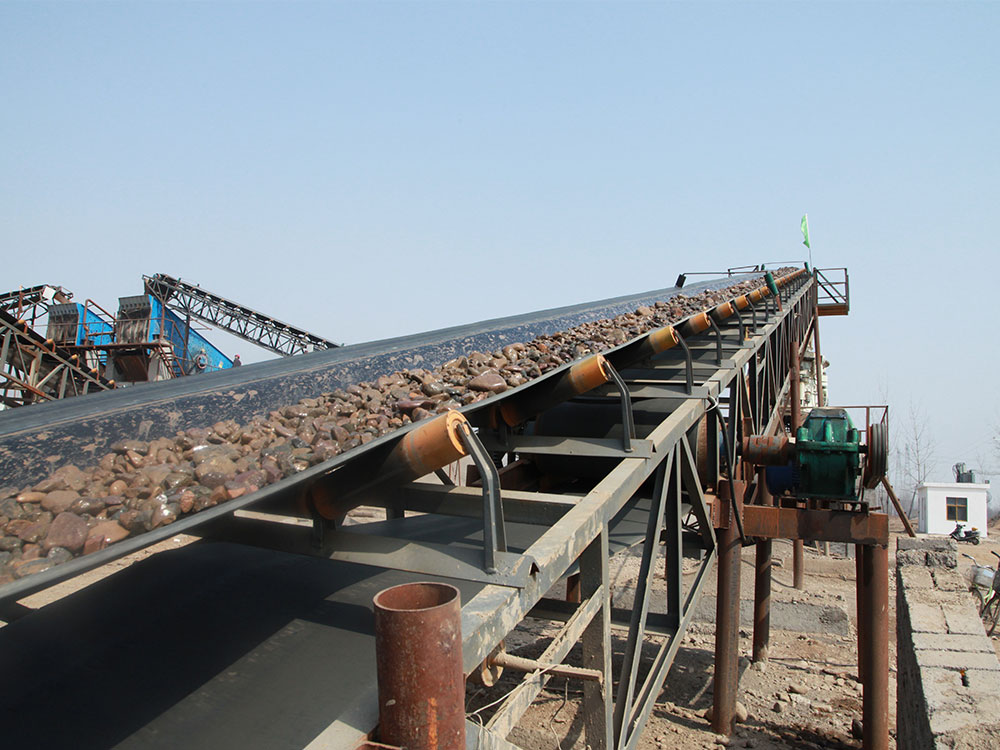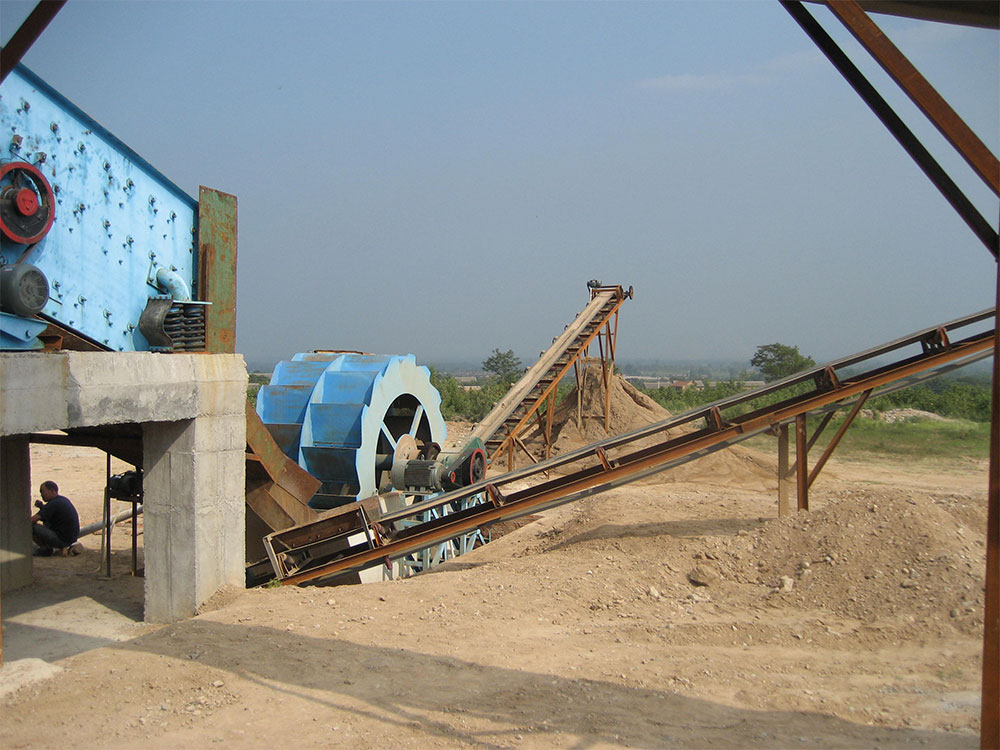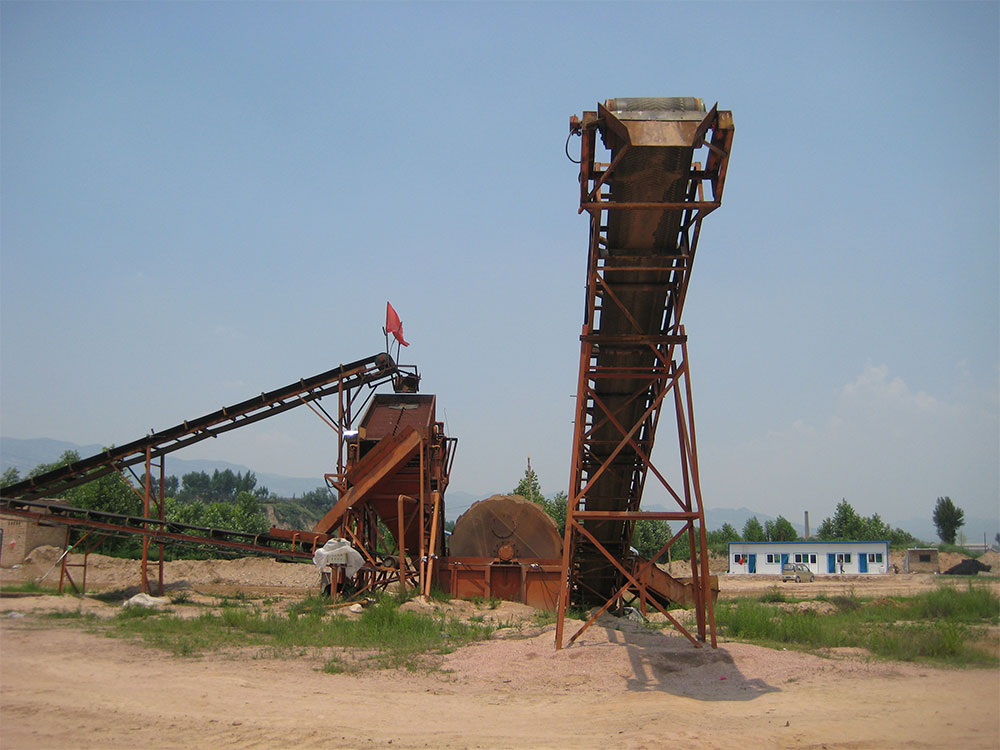When it comes to processing river pebbles for construction, landscaping, or industrial applications, selecting the right equipment is critical. Choosing the best equipment for broken river pebbles ensures efficiency, durability, and cost-effectiveness. This guide explores the optimal machinery for crushing river pebbles, covering working principles, applications, technical specifications, and industry insights.
Understanding the Basics: What Makes River Pebbles Challenging?
River pebbles are naturally hard, rounded stones with high compressive strength and abrasion resistance. Their smooth surfaces and varying sizes make traditional crushing methods less effective. To achieve uniform particle sizes and maximize yield, specialized equipment for broken river pebbles must address these challenges through advanced design and engineering.
How Does the Best Equipment for Crushing River Pebbles Work?
Working Principles of River Pebble Crushing Machinery
The best equipment for broken river pebbles typically employs a combination of compression, impact, and attrition forces. Here’s a breakdown of common mechanisms:
1. Jaw Crushers: Use compressive force between a fixed and movable jaw plate to break larger pebbles into smaller fragments. Ideal for primary crushing.
2. Cone Crushers: Utilize a rotating mantle and concave liner to crush pebbles via compression. Suitable for secondary or tertiary crushing.
3. Impact Crushers: Accelerate pebbles into impact plates or anvils, breaking them through high-speed collisions. Effective for producing cubical-shaped aggregates.
4. Vertical Shaft Impactors (VSI): Employ a rotor to throw pebbles against a crushing chamber, ideal for fine crushing and sand-making.
These machines often integrate screening systems to classify particles and recirculate oversized materials, ensuring consistent output.
Applications of Equipment for Processing Broken River Pebbles
Investing in the best machinery for broken river pebbles opens doors to diverse industries:
1. Construction and Infrastructure
- Concrete Production: Crushed river pebbles serve as high-quality aggregates for concrete mixes.
- Road Base Materials: Uniformly sized pebbles enhance road stability and drainage.
2. Landscaping and Decorative Use
- Garden Pathways: Finely crushed pebbles create visually appealing walkways.
- Water Features: Smoothed pebbles are used in ponds and fountains.
3. Industrial Manufacturing
- Abrasive Blasting: Hard river pebbles are processed into blasting media.
- Filter Media: Crushed pebbles purify water in filtration systems.
Key Technical Parameters to Consider When Choosing Equipment
To select the best equipment for broken river pebbles, evaluate these parameters:
1. Crushing Capacity
- Throughput: Ranges from 50 to 800 tons per hour, depending on the machine size.
- Feed Size: Primary crushers handle pebbles up to 1,500 mm, while tertiary units process smaller inputs (≤50 mm).
2. Power Consumption
- Motor Power: Jaw crushers require 30–200 kW, whereas cone crushers need 75–400 kW. Energy-efficient models reduce operational costs.
3. Output Size Range
- Adjustable Settings: Look for machinery offering 5–70 mm outputs to meet project-specific requirements.
4. Wear Resistance
- Material Quality: High-manganese steel or ceramic liners extend equipment lifespan in abrasive conditions.
5. Mobility and Configuration
- Stationary vs. Mobile: Mobile crushers suit temporary sites, while stationary plants are ideal for large-scale operations.
Top Equipment Recommendations for Broken River Pebbles
1. Jaw Crushers: The Primary Workhorse
Jaw crushers like the XYZ-900 series excel in primary crushing, handling pebbles up to 1,200 mm. Their rugged design ensures longevity, making them a top choice for heavy-duty equipment for broken river pebbles.
2. Multi-Cylinder Hydraulic Cone Crushers
Models such as the ABC-200H offer fine-tuning via hydraulic adjustments, producing 5–40 mm aggregates with minimal waste.
3. Vertical Shaft Impact Crushers (VSI)
The VSI-5000 series delivers 10–70 tph of high-quality sand, perfect for projects requiring precise grading.
4. Mobile Crushing Plants
Compact units like the MobileCrush-300 combine jaw and impact crushers, ideal for on-site processing.
Optimizing Performance: Maintenance Tips for River Pebble Crushing Equipment
To maximize the lifespan of your equipment for broken river pebbles:
- Regularly inspect and replace wear parts (liners, blow bars).
- Lubricate bearings and motors as per manufacturer guidelines.
- Monitor vibration levels to detect misalignment early.
- Use automated control systems for real-time performance tracking.
Environmental and Economic Benefits of Modern Equipment
Advanced machinery for broken river pebbles incorporates eco-friendly features:
- Dust Suppression Systems: Minimize airborne particles.
- Noise Reduction Technology: Complies with workplace safety standards.
- Energy Recovery Systems: Reuse waste heat, lowering carbon footprints.
Economically, high-efficiency equipment reduces fuel and maintenance costs, delivering ROI within 12–18 months.
Selecting the best equipment for broken river pebbles hinges on understanding your production goals, material characteristics, and budget. Whether you prioritize mobility, output quality, or energy efficiency, modern crushing solutions offer tailored options. By aligning technical specifications with operational needs, businesses can transform rugged river pebbles into valuable resources efficiently and sustainably.


